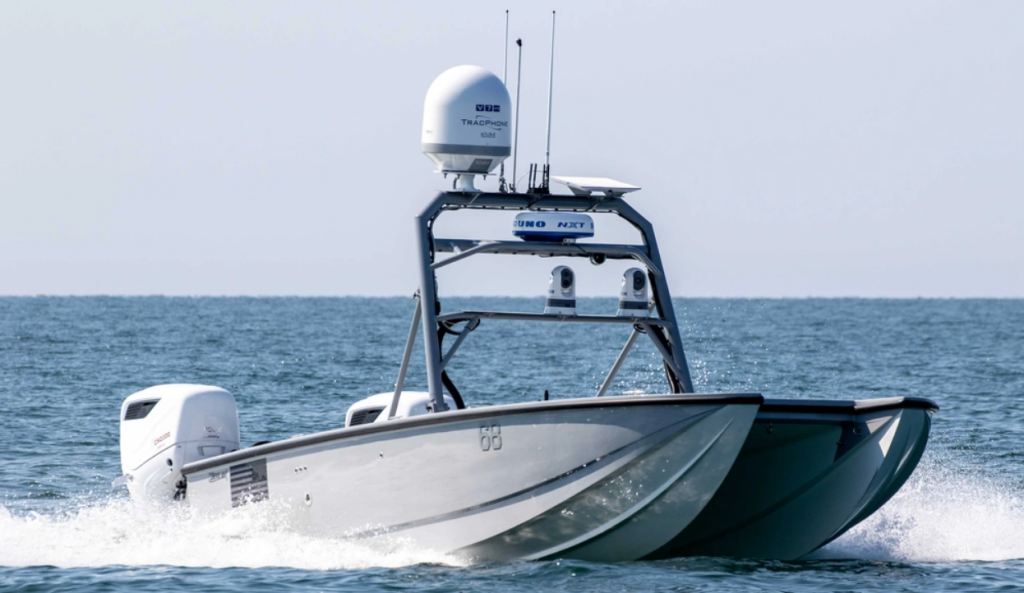With $5 billion in funding, the Pentagon’s push to build a swarm of naval drones faces setbacks.
Others are reading now
The Pentagon wants swarms of autonomous drones to counter China.
But recent test failures and leadership shake-ups reveal just how bumpy that path may be.
A New Era in Naval Warfare
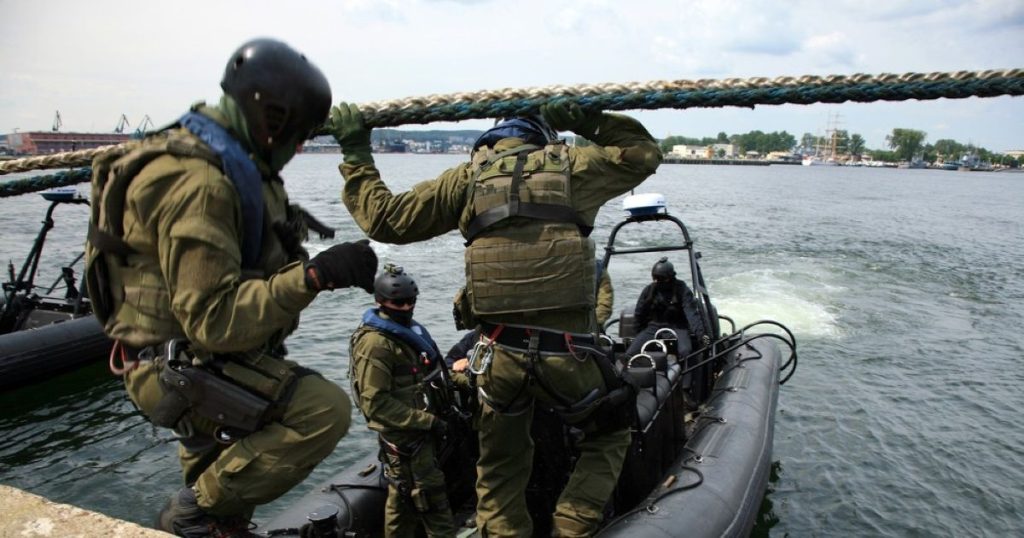
The US Navy is racing to build a new kind of fleet made up of autonomous drone boats capable of moving in coordinated swarms without direct human control.
The vision for this fleet is to deter a potential military move by China, particularly across the Taiwan Strait.
New Challenges
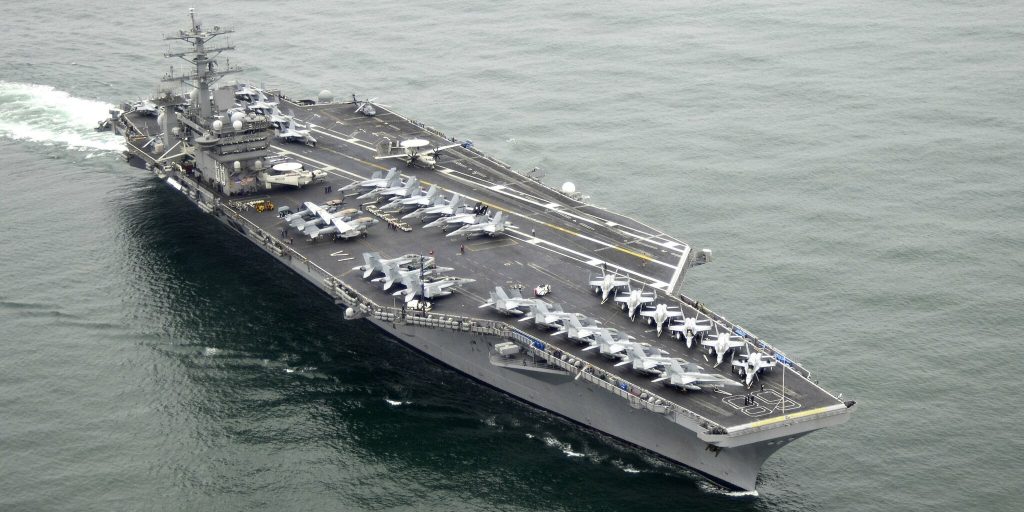
But while the vision is clear, the reality has been far more complicated.
Also read
In a series of tests off the coast of California, software glitches and human error caused multiple accidents, revealing the steep learning curve the military faces in this next phase of warfare.
Test Mishaps
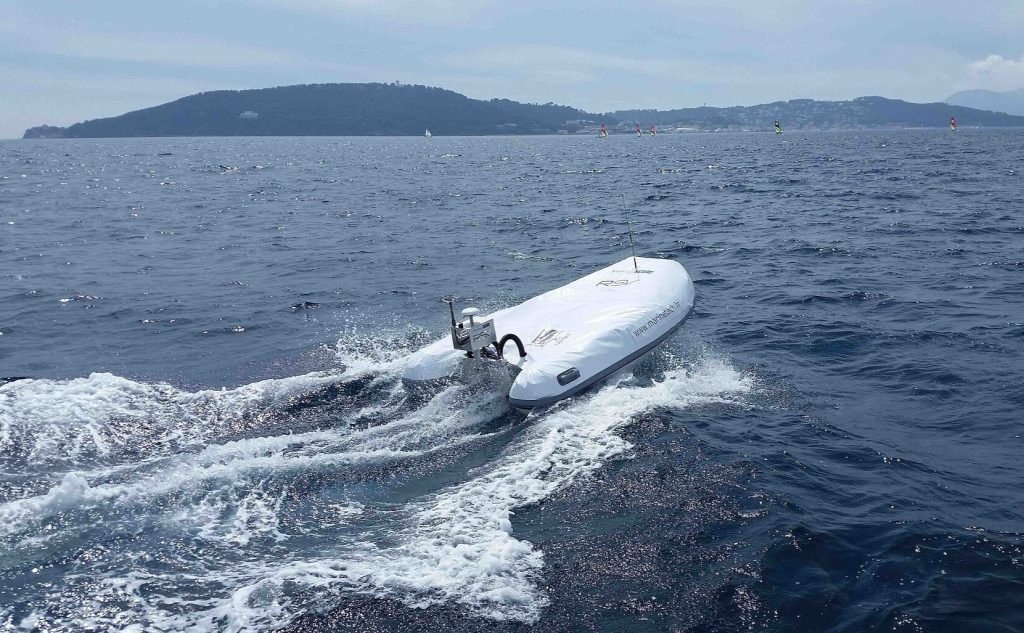
During a recent demonstration involving the Navy’s most advanced unmanned boats, things went sideways.
According to Reuters, one drone boat built by BlackSea Technologies suddenly lost control and collided with another vessel made by Saronic.
It jumped over the stalled ship’s deck before crashing into the water.
Boat Capsizing
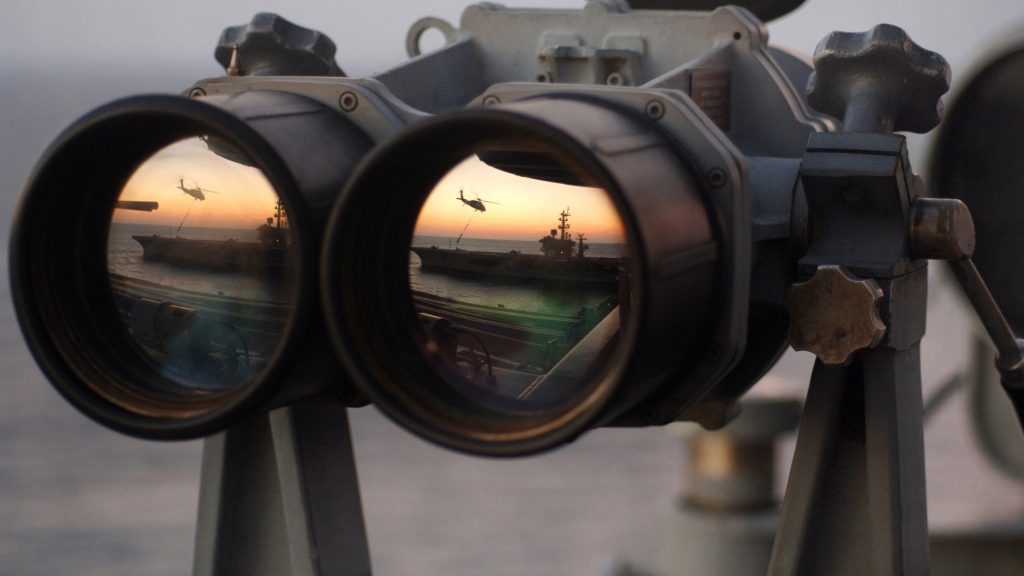
In another incident, a support boat capsized after a drone it was towing unexpectedly accelerated. The support boat’s captain was thrown overboard but rescued without injury.
Also read
Sources said both incidents were caused by a mix of software failures and miscommunication between onboard systems and the external control software.
High Stakes and High Costs

The boats aren’t cheap—each one can cost millions—but officials say they’re a necessary investment in modern warfare.
“These systems will play a critical role in the future of naval warfare,” said Jim Kilby, acting Chief of Naval Operations, during a visit to BlackSea headquarters in June.
BlackSea already receives up to $160 million in Navy funding to produce dozens of Global Autonomous Reconnaissance Craft monthly. Saronic, valued at $4 billion, has at least $20 million in prototype deals.
Why Drones Are a Priority Now
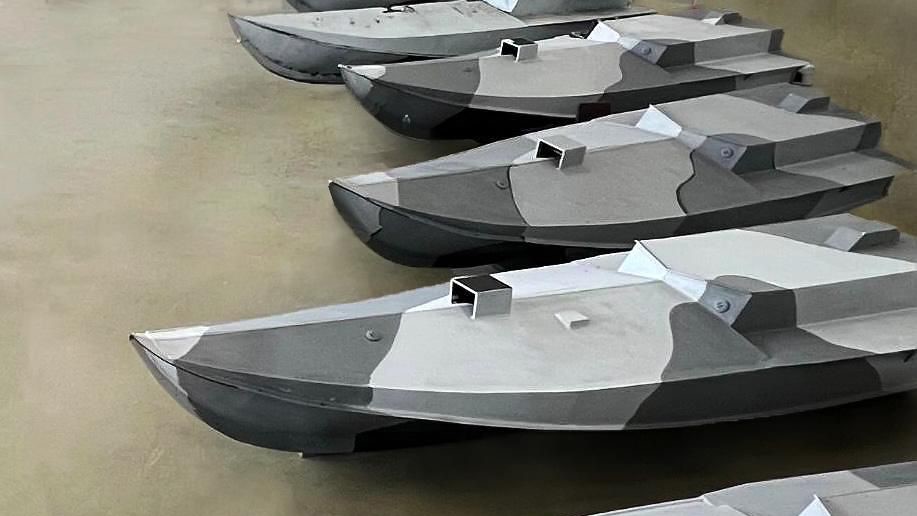
The success of drone warfare in Ukraine—especially Ukraine’s use of small, explosive-laden boats against Russian targets in the Black Sea—has influenced US strategy.
Also read
Those drones, often controlled remotely and built for under $250,000, have proven remarkably effective. The Pentagon wants to scale up similar tech for US missions, but with added autonomy and range.
President Donald Trump has made drone swarms a top defense priority. His administration recently signed a military spending bill including nearly $5 billion for maritime drone development.
Program Under Pressure

Despite the funding, the Navy’s internal structure is under review.
Rear Admiral Kevin Smith, who led the unit responsible for drone procurement was fired after an inspector general investigation. Sources say more changes may be coming.
Deputy Defense Secretary Steven Feinberg has also expressed concerns about the current program’s direction and cost-effectiveness.
Also read
In one example, the Navy praised a successful software test in April on LinkedIn. Feinberg’s office reportedly responded by suggesting that effort duplicated other Pentagon work and hinted at upcoming changes.
Contract Suspended
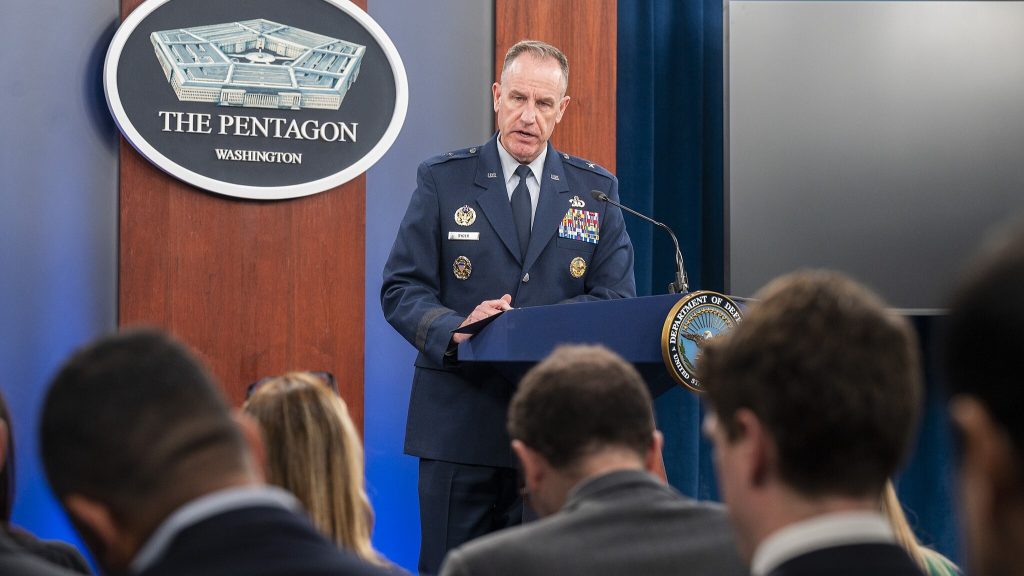
Following the recent test accidents, the Defense Innovation Unit (DIU) suspended a nearly $20 million contract with software provider L3Harris, according to sources cited by Reuters.
L3Harris declined to comment directly, but a senior official said the company stood by the “security, integrity and capability” of its software.
The Pentagon called its approach “competitive and iterative,” but did not comment on the accidents or contract suspension.
What Comes Next?
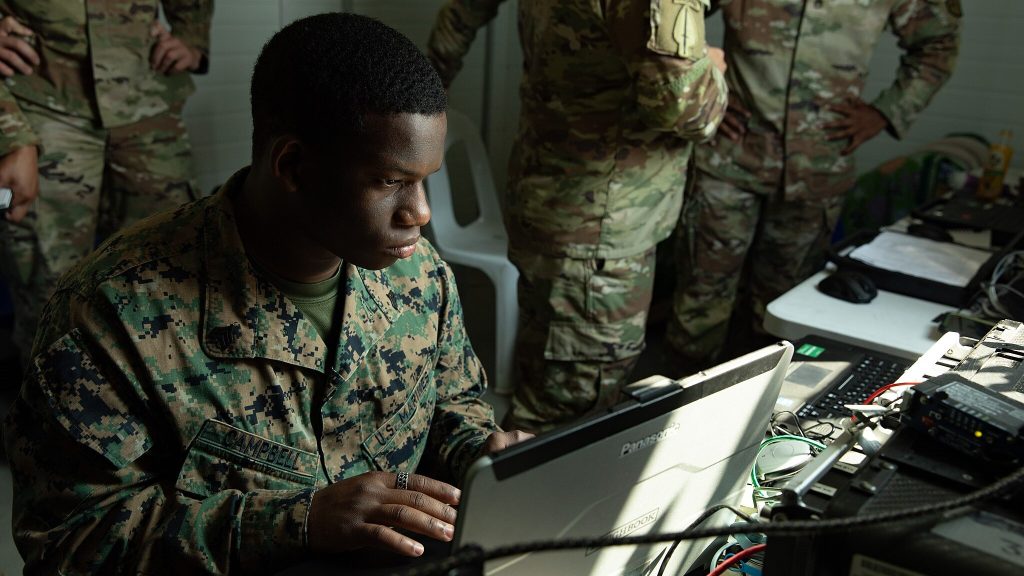
The Navy continues pushing forward, now seeking proposals for even more advanced unmanned vessels including Modular Attack Surface Craft that can carry containers, surveillance tools, and even weapons.
Also read
But defense experts say the Navy’s entire process needs to adapt.
“You’re asking a system used to taking years to decide on big things to now move fast,” said TX Hammes, a fellow at the Atlantic Council.

